Hydrogeological Field Investigations
Fractured and karstified geological systems exhibit remarkable geometric and topological characteristics across all scales. Understanding their effects on hydrodynamic properties requires a broad set of investigations methods covering all scales from pore, over outcrop to field/catchment scales. Furthermore, the evolution of fractures and fracture networks largely depends on the host material and regional stress fields. This requires tremendous efforts from researchers to unify ideas and concepts of fractured rock hydrogeology all over the globe.
In particular the vadose zone of fractured rock aquifers is still a mysterious and often neglected element of water routing transformation. Characterization and modeling is difficult, often impossible and/or expensive. Indirect characterization methods such as tracer methods often do not yield additional information about exact flow and transport processes within the unsaturated zone, which are ultimately required to conceptualize and model complex aquifers including hydrological coupling. Many open questions remain in terms of field-related methods and will probably keep us and fellow researchers busy (and happy) for many more decades.
We are involved and interested in various field activities such as:
- Geophysical measurements (Electric Resistivity, Time-Domain-Reflectometry)
- In-situ fracture characterization (statistics, topological characterization)
- Hydraulic testing (Pumping tests, slug tests, tracer tests)
- Geological and structural-geological mapping

Massive vadose zone in limestones, Israel (Kordilla 2018)

Preparation for gephysical field survey in India, Sangamner region (Kordilla, Halari, 2018)
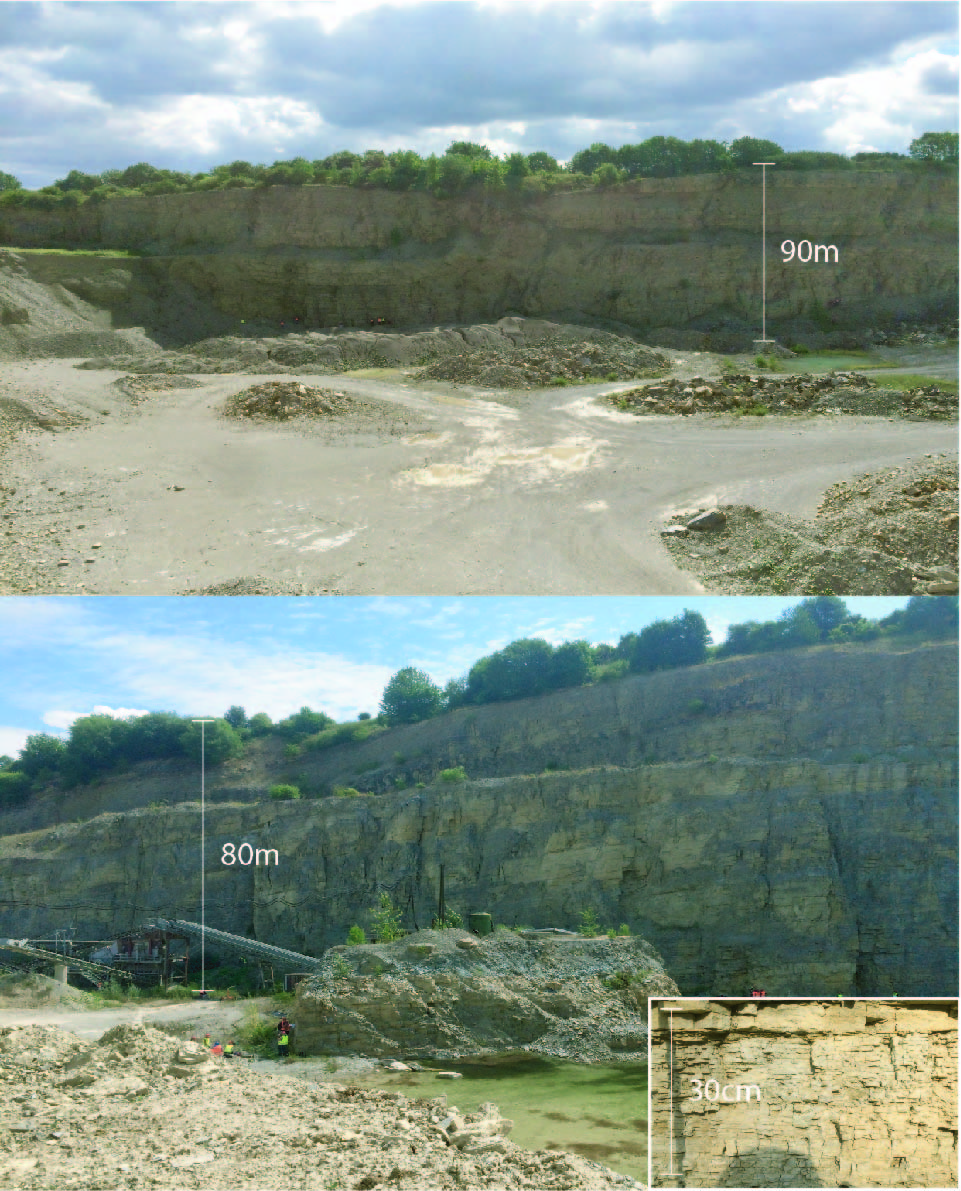
Thick vadose zone showing fractures and faults across all scales (Kordilla 2018)
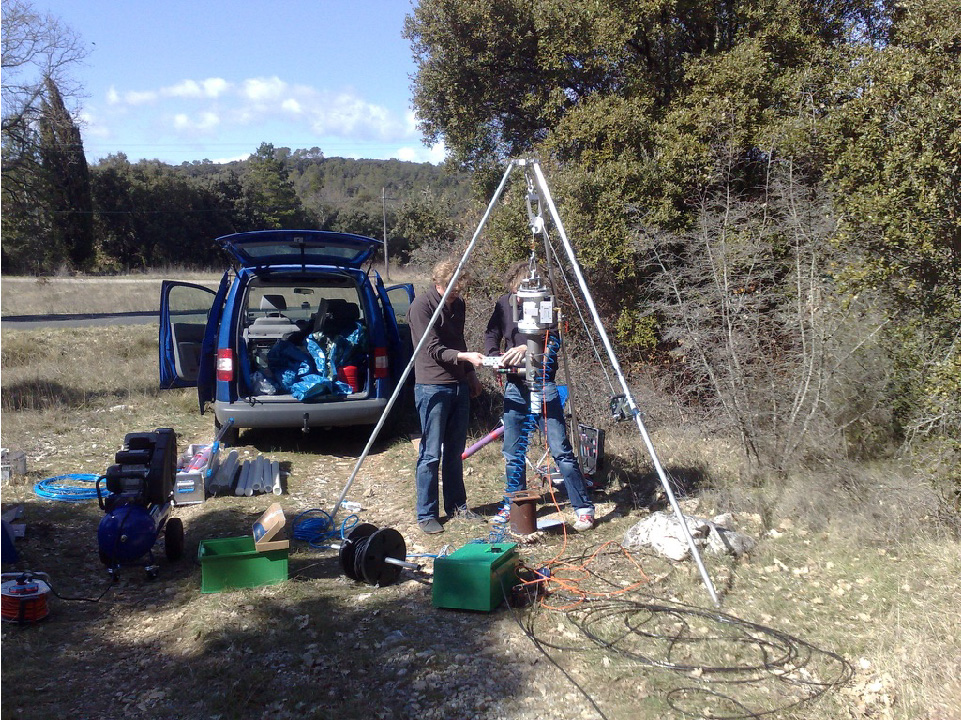
Hydraulic slugtests, Montpellier, France (Kordilla 2018)
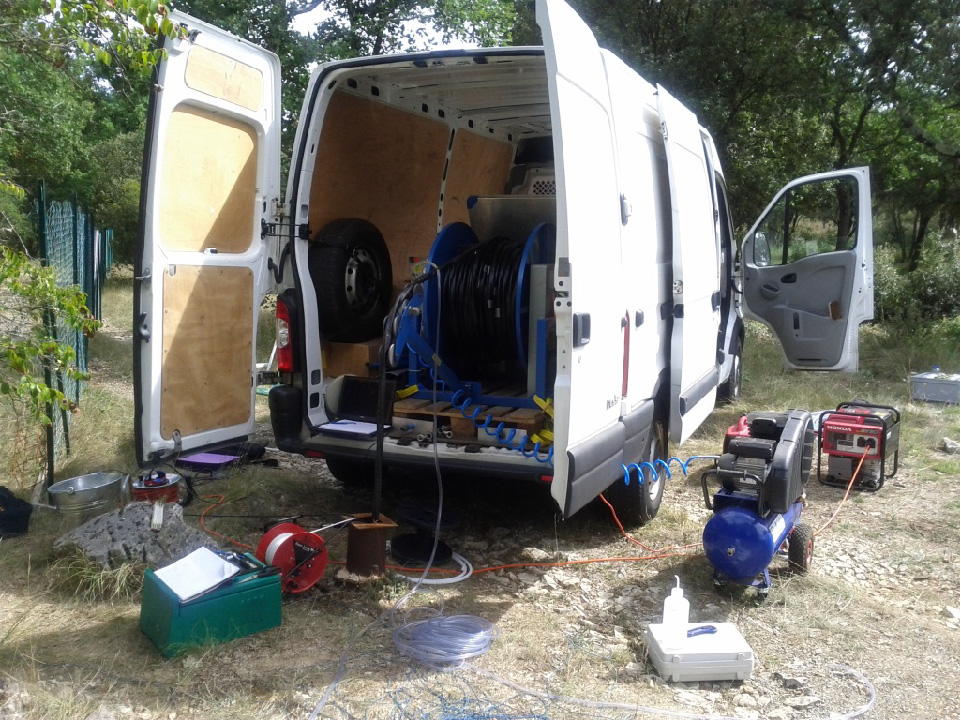
Equipment for hydraulic aquifer testing in Montpellier, France (Kordilla 2018)

Different types of fracture networks on outcrop-scale (Manzoor, Tariq, 2016)
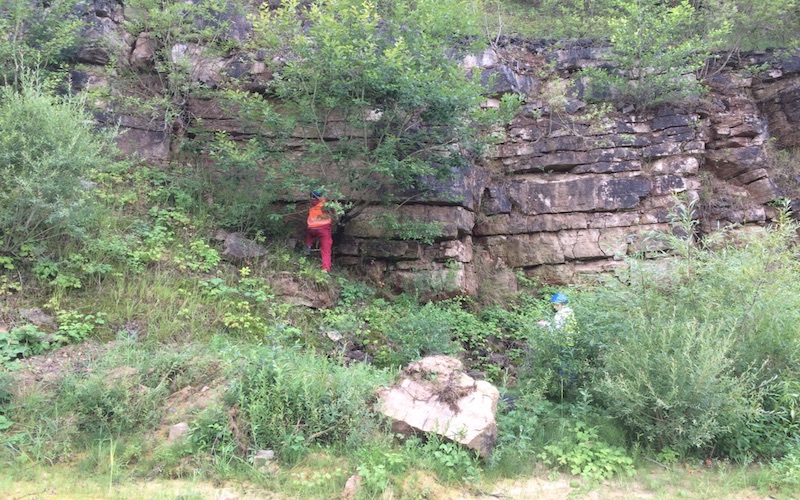
Thick fractures due to bedding planes (Kordilla 2017)
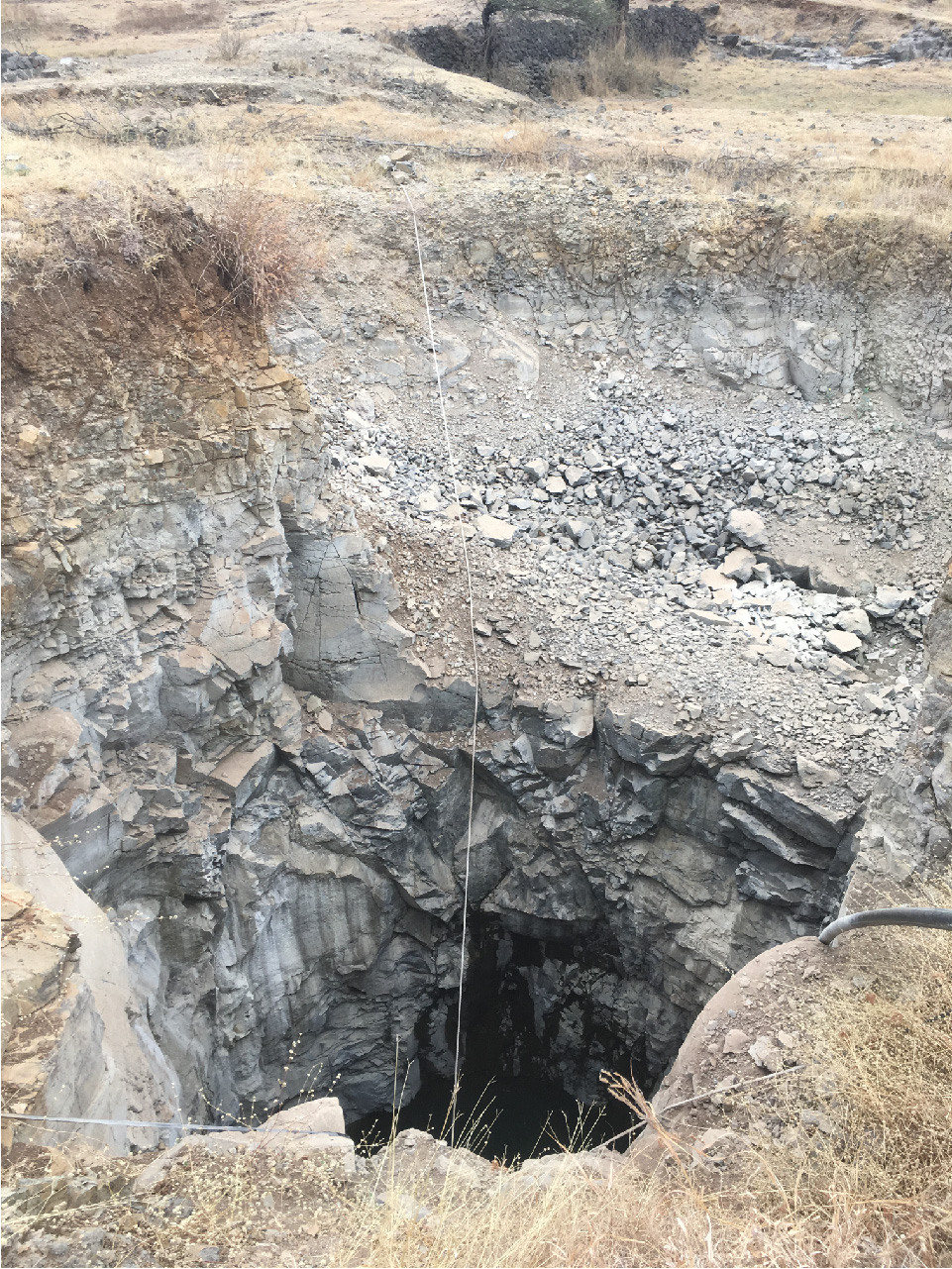
Water level measurements in India, Sangamner region (Kordilla 2018)